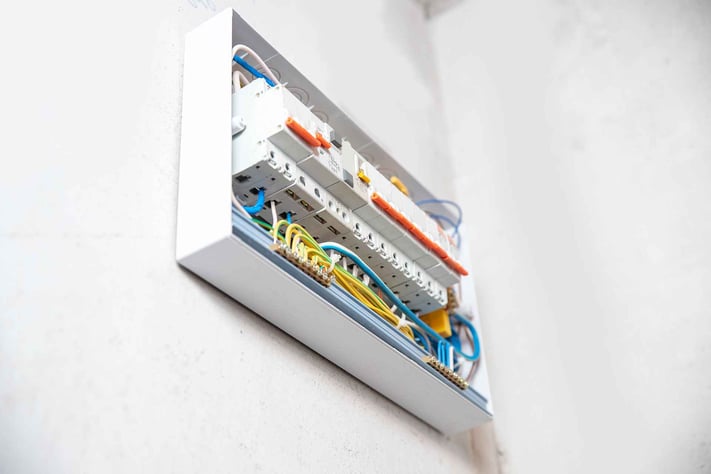
For many applications, specialized plastics are the ideal material to use for manufacturing electrical enclosures. That’s why plastics have become the standard for a wide range of modern electronics applications. Below, we discuss some of the most common uses, along with some of the advantages of plastic electronic enclosures for these applications.
Outdoor Plastic Electrical Enclosures
Outdoor electrical enclosures are used for a multitude of unique applications such as municipal electrical systems and power distribution, home and office buildings, telecommunications, as well as construction and on-highway.
In many cases, these enclosed electrical systems are critical to the operations of the connected buildings or equipment. As such, long-term reliability is paramount. Custom molded plastics are often better suited for the job than metal materials due to better shock-proofing and corrosion resistance – not to mention a lower cost in the design and manufacturing of the enclosure. Further, the shape and format of the enclosure can be matched to meet irregular layouts and mounting patterns. Colors can be added to meet objectives for safety, branding, or unobtrusiveness.
Common Examples of Outdoor Plastic Electrical Enclosures:
- Municipal Electrical Boxes
- Construction Power Systems
- Highway Signage
- Water meters and Other Utilities
- Roadside call boxes
- Solar panel management
Indoor Plastic Electrical Enclosures
Indoor electrical enclosures are generally not subjected to the weathering and extreme temperatures that outdoor electrical systems face. Nevertheless, plastics are often still the choice material.
Fundamentally, plastic electrical enclosures are safer than metal ones simply due to the fact that plastic is an electrical insulator, while most metals are highly conductive. With proper selection for flammability requirements, plastics can delay the transfer of unexpected heat. Safety is often the primary concern for indoor electrical enclosures which operate in close proximity to people.
Common Examples of Indoor Plastic Electrical Enclosures:
- Fuse Boxes
- Security Systems
- Smart Home Systems
- Commercial Power Systems
- Industrial Controls Equipment
Unbeatable Industry Expertise for Your Plastic Enclosure Project
AIM Processing provides unparalleled expertise in the development of plastic electrical enclosures for virtually any application. From design and engineering to custom molding and manufacturing, we are a complete solutions provider. Additionally, our company is an ISO 9001:2015 registered American manufacturer dedicated to delivering the highest level of precision, quality, and consistency possible.

 SINCE 1993 MADE IN USA
SINCE 1993 MADE IN USA 

